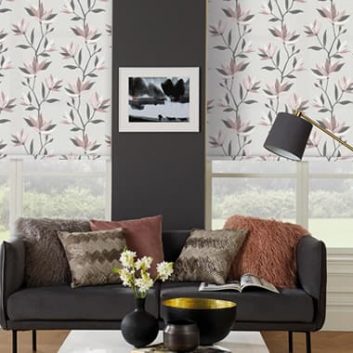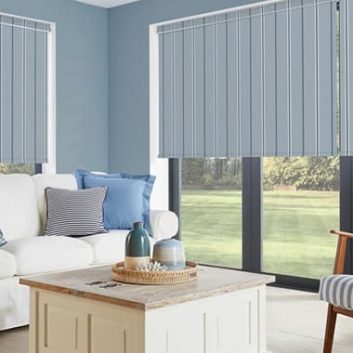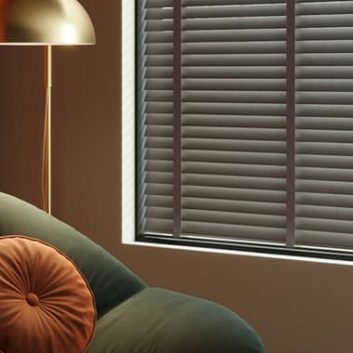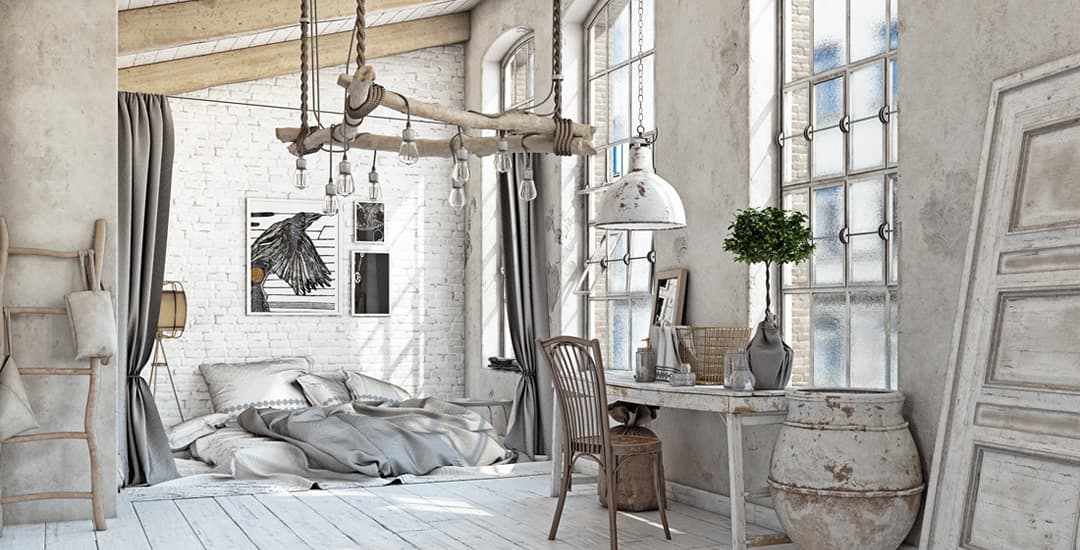
For many of us who never really got down with shabby chic the first (or second or third) times around, the whole idea can seem a bit like the emperor’s new clothes. If you’ve ever been the only person looking at something cheap and tatty and wondering why everyone else was cooing over it in delight, you’ll know exactly where I’m coming from with this one.
That said, so-called shabby chic is a fairly large catch-all title that encompasses everything from genuine French chateau antiques that are probably worth more than the building they’re sitting in, to the clearance shelf of TK Maxx and everything in between.
Buying something plasticky and slapping a bit of chalk paint on it can be passed off as shabby chic, as can gilt-coated polystyrene finials, and given that I’m betting about 99% of you could visualise at least one of these crimes against décor immediately, it’s no wonder that shabby chic gets a reasonable amount of hate.
There must be something going for it however, as it is one of those styles that is fairly evergreen and never really ages badly or goes completely out of fashion, which is quite some going when you think that the style first began to build up a reasonable head of steam in the 1980s.
I challenge you to think of a single other style of décor that originated in the 80s that’s still around (other than ironically) today; nope? Thought not.
So, is shabby chic still a thing, and should you be getting a taste for it? Well, yes and maybe respectively.
Subtle though it is, it has gone through something of an evolution over the last few years, and no longer means either beating up a perfectly serviceable item of furniture or matt-painting anything that doesn’t run for the tip fast enough.
If you’re looking to redecorate a room, your entire house, or just switch things up a bit and integrate a new style that goes with more or less anything, it may be time to give shabby chic another look.
Here’s what you need to know about shabby chic in 2021 and beyond: A.K.A. “shabby chic not shabby s**t.”
What is shabby chic?
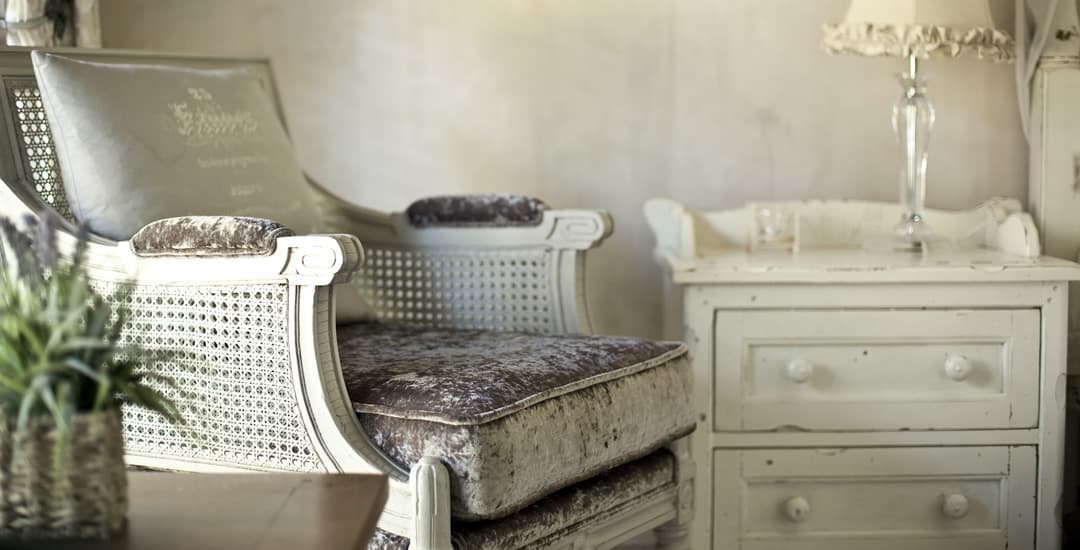
According to Wikipedia (if learning that shabby chic actually has a Wikipedia page at all was something of a revelation to you, trust me you’re not alone) shabby chic is comprised of furnishings that are “either chosen for their appearance of age and signs of wear and tear, or where new items are distressed to achieve the appearance of antiques.”
It involves a lot of neutrals and pastels, cottage-style décor, and is intended to come off as cohesively charming in a mismatched, natural, and unforced kind of way. I say “intended to” for a reason, obviously.
Essentially, shabby chic is the sort of look that when achieved organically couldn’t ever really be described as unpleasant, but that can easily cross the line into kitsch or overly executed in real life.
We often think of shabby chic as being a kind of French country cottage style, but it actually originated here in Britain. Or at least, we claimed it by virtue of being the first nation to desecrate our own flag by reworking it in pastel tones and slapping in on the top of a chest of drawers, which is practically the same thing, no?
Shabby chic design trends for 2021
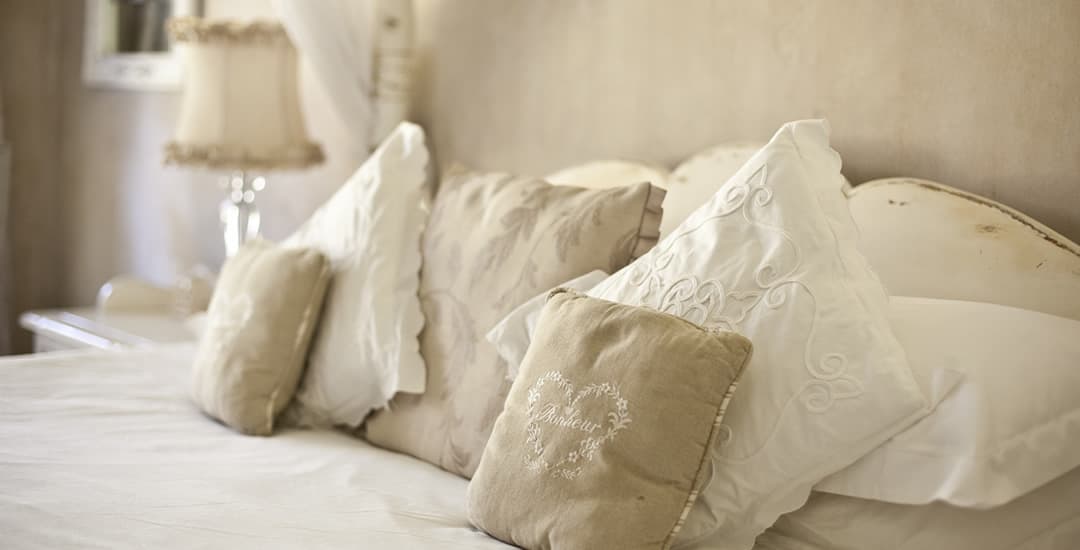
So, what does shabby chic 2021 look like? Whatever you like, really, which is one of the main advantages of the style as a whole.
There’s a lot of room for creativity as well as of course a fair chance that if you just neglect your stuff for long enough you’ll get there in the end with no effort, meaning that shabby chic really does have something for everyone.
That said, them in the know (the fancy interiors magazines, TV guys with big hair on makeover shows, your rich friend who is literally never out of fashion) tell us that the shabby chic of the future encompasses any or all of the following keynotes:
- Weathered rather than distressed furniture, with the onus on “less is more.” Think about natural wear and marks on furniture; such as around the handles of drawers, on the corners, and at the feet, rather than deliberately patchy painting.
- Soft neutrals and natural materials that are clean, tactile, and provide an aura of warmth are perhaps peak shabby chic for 2021. This can incorporate design elements such as white or cream bedding over a natural eiderdown duvet, jute or hemp rugs, calico curtains or wooden blinds, and driftwood and river rock ornamentation for depth and interest. I really like this ethos, because it gets us away from the misapprehension that shabby chic = tatty.
- A pastel colour palate and subtle floral designs (think a lavender bouquet hanging from the rafters or a plain white stencilled floral outline on a wardrobe) all fall under the heading of shabby chic, regardless of how fresh they are or if they look like you worked ten times as hard scratching up your paintwork as you did slapping it on in the first place.
Less is more
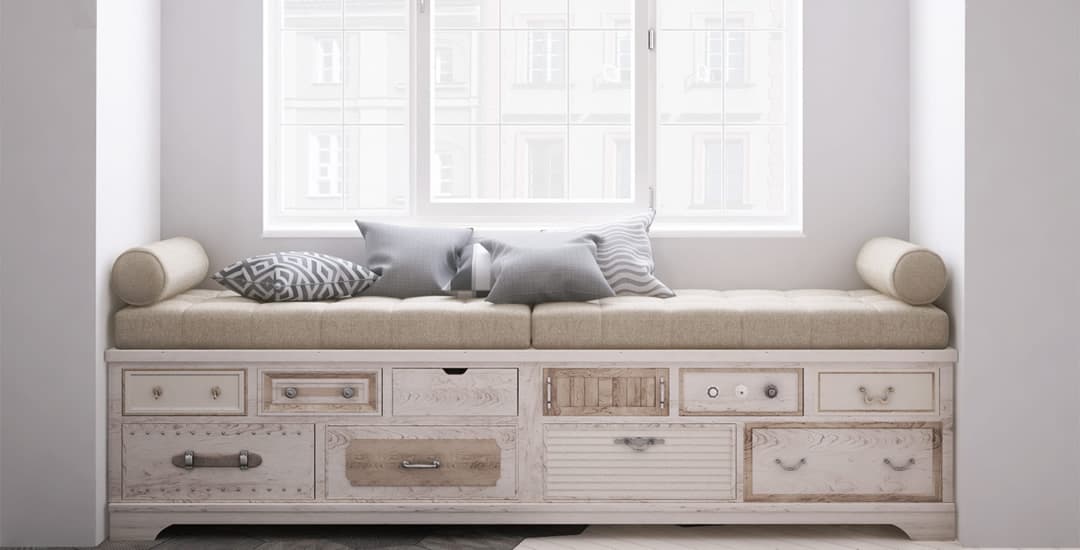
Shabby chic is probably the interiors style most likely to be awarded a certificate for “trend most likely to be taken way too far,” and it’s pretty easy when you’re focusing on a look to lose all objectivity and keep adding until what you end up with amounts to the interiors equivalent of a dropped trifle.
Keep it simple, subtle, and remember you can always add more to things later on and allow your style to go through its own natural evolution over time; shabby chic can absolutely work well and look quite charming in a cluttered kind of way, but this is certainly not obligatory!


